
Warming climate trends are creating more opportunities to add diverse succulents to Southwestern gardens. In Santa Fe, where I live, our USDA Zone has moved from Zone 5 in 1995 to 6b currently. This is quite a shift in only 27 years. I have been introducing succulents more and more into my garden designs for their unique ability not only to withstand the heat and dryness of our climate but also to thrive amid unpredictable weather shifts. For these reasons, designing a new cacti and succulent garden or adding succulents to existing garden designs is beneficial to those living in High Desert climates.
Guidelines for designing with succulents

Plant with biodiversity in mind
Using a variety of plants helps to keep a garden healthy. If a fungus, pest, or disease attacks one type of plant, it will not wipe out everything if there are several other kinds of plants in your cacti and succulent garden. More plants also means more types of shelter and food for wildlife at different times of the year.
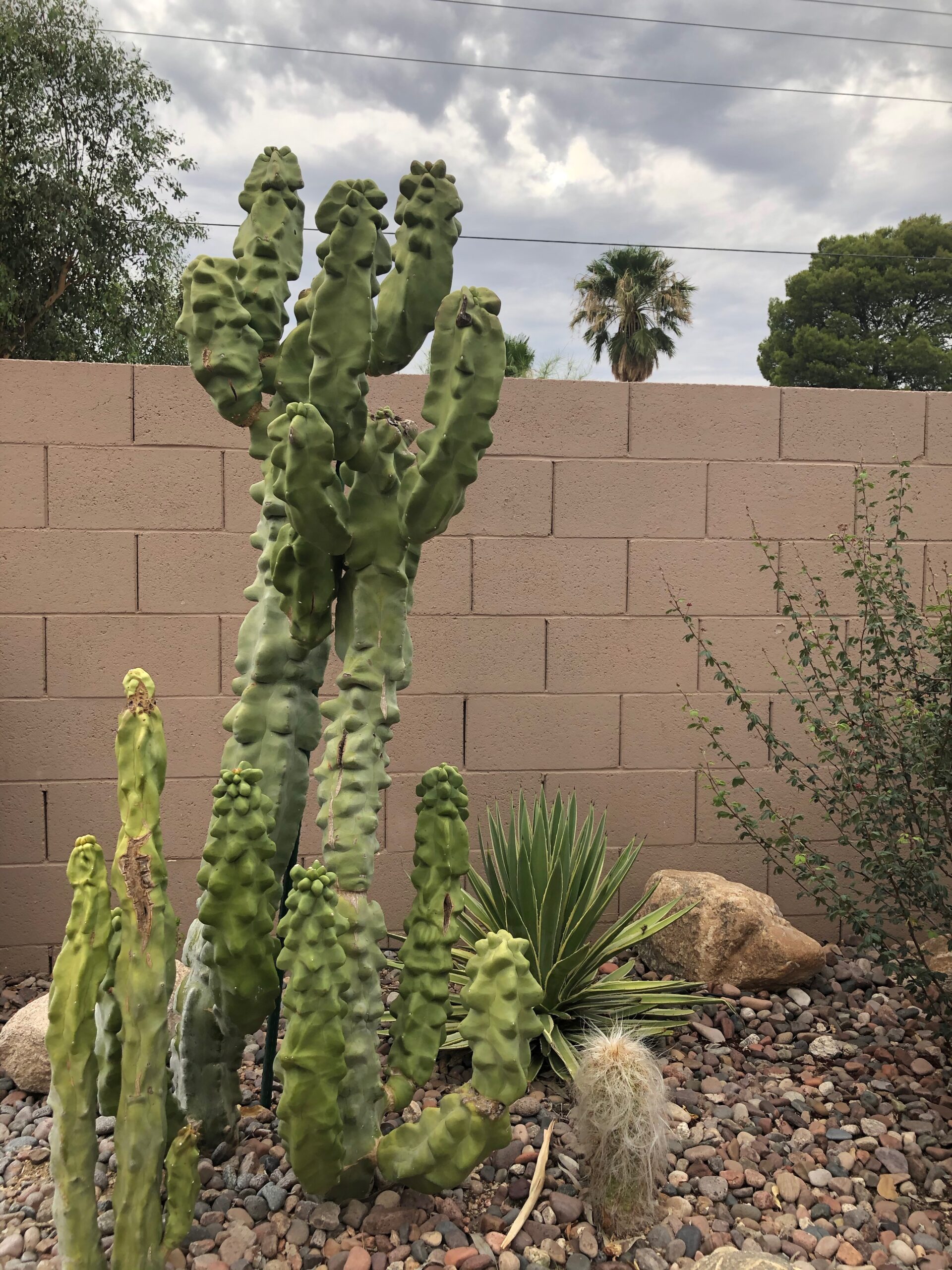
Create or utilize microclimates
Gardeners can only plant succulents that are hardy to their USDA Zone. But if you plant a succulent close to a Southwest-facing wall or on a heat island in an urbanized area, it can help you grow plants that are slightly more tender and keep them warm enough during the winter. I use boulders as a visual accent in many of my designs; this creates a warmer microclimate than the surrounding garden, sometimes half a zone warmer. Additionally, areas exposed to a lot of wind would be better suited to low-growing succulents, while taller ones should have some protection.
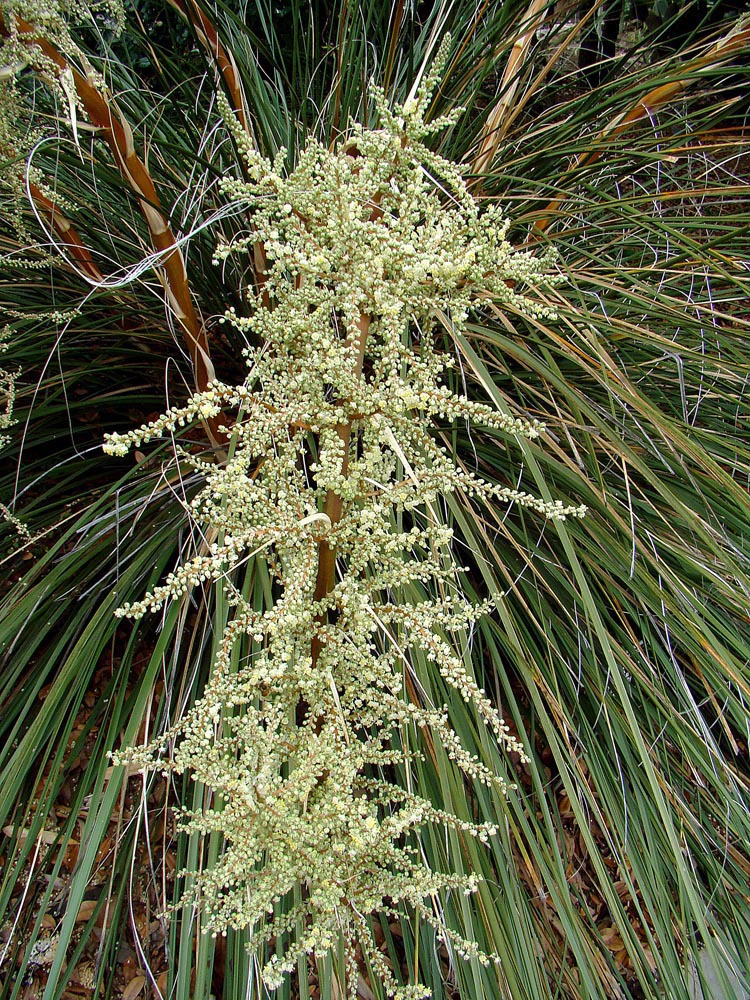
Plant in layers with attention to shape and form
Layers are a fundamental part of any garden design, and paying attention to the different heights and forms of various succulents can help you achieve a layered effect. Agaves (Agave spp. and cvs., Zones 7–12) are great low-growing, architectural accents. Prickly pear succulents (Opuntia spp. and cvs., Zones 3–11) are also usually low-growing plants that spread and pair nicely with agaves. Yuccas (Yucca spp. and cvs., Zones 4–10) fill space well and are a little larger, making them a good fit for a middle layer. They look similar to agaves but with slenderer foliage. Red yucca (Hesperaloe parviflora, Zones 5–10), which is actually not a yucca at all, is also a great middle layer option and has beautiful red or yellow flowers. A great plant for the tallest layer of a design is the grasslike succulent beargrass (Nolina microcarpa, Zones 5–10).

Plant in groups of three or five to increase visual interest and add structure in your cacti and succulent garden
Too much of one plant in a design can be boring or look tacky, but too many individual plants of different kinds can lack cohesion. Planting groups of three or five of the same plant allows for a minimalist design structure with good balance. Browse your local plant nursery, and be sure to mix and match plants with different seasons of interest, bloom periods, and flower colors. Don’t be afraid to ask your nursery to special order a must-have plant.
These are a few guidelines that I’m hoping will assist you in designing with succulents. Succulents’ unique forms and year-round interest make them perfect for heavy use in our Southwestern gardens.
For more information on cacti and succulents, check out:
- Cold-Hardy Succulents for the Low Desert
- Beautiful and Delicious Fruits of Southwestern Cacti
- Columnar Cacti for the Southwest
And for more Southwest regional reports, click here.
—Mark Brotton, APLD, owns and operates Living Water, Irrigation, and Landscape based in Santa Fe, New Mexico.
Fine Gardening Recommended Products

A.M. Leonard Deluxe Soil Knife & Leather Sheath Combo
Fine Gardening receives a commission for items purchased through links on this site, including Amazon Associates and other affiliate advertising programs.


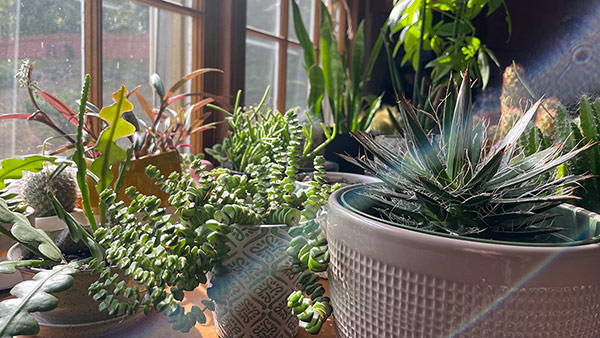
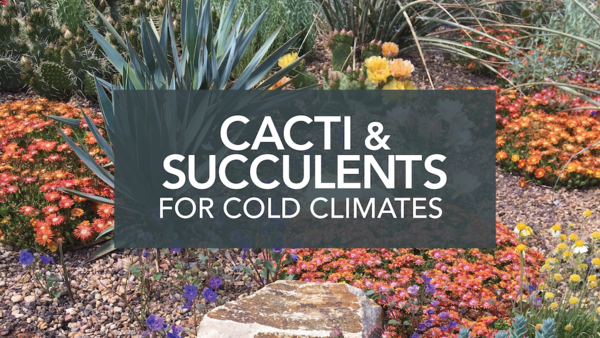
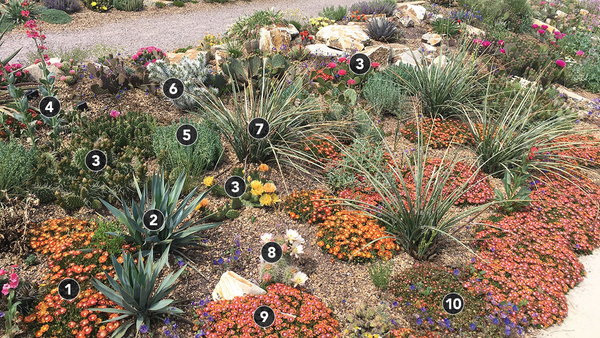
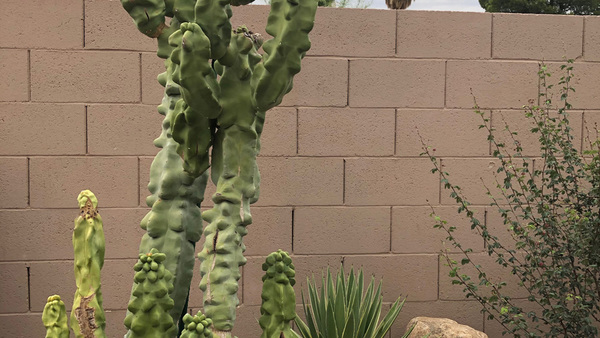













Comments
Log in or create an account to post a comment.
Sign up Log in